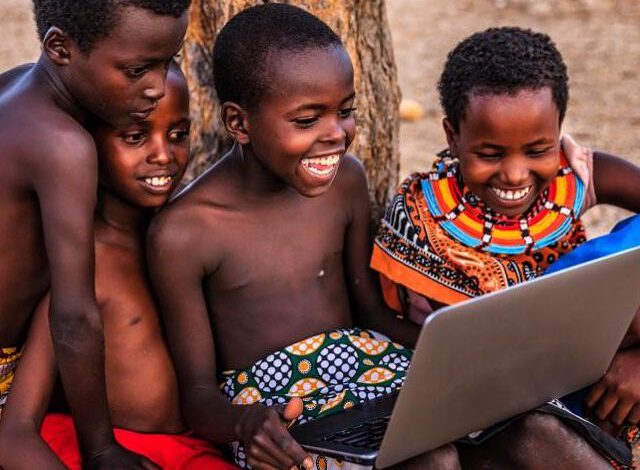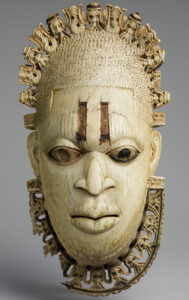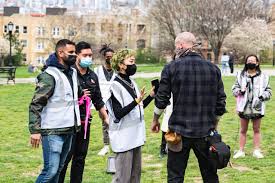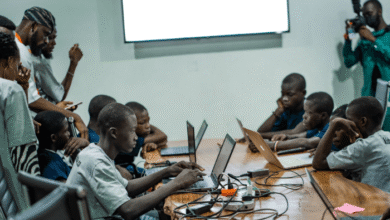The Real Role of EdTech in Preserving Culture

Educational technology has made it easy to connect globally and access vast amounts of information. However, with each swipe, scroll, and click, we lose a piece of our civilization to civilization.
Many of our grandparents’ songs, native languages, and stories are vanishing, drained out by digital noise. What if technology preserved the past rather than erased it? Today, we’ll discuss how educational technology has become a lifeline for cultural preservation.
History of cultural heritage
For generations, cultural transfer has relied on oral storytelling, rituals, communal gatherings, and conventional schools. Elders imparted wisdom to children through proverbs and, most times, used folk songs to teach counsel.
However, with colonization, development, and now globalization, many cultural items, particularly those related to indigenous groups, have been pushed to the outskirts. According to UNESCO, at least 40% of the world’s 7,000 languages are facing extinction, with one language disappearing every two weeks, erasing communities’ cultural and intellectual heritage.
While educational systems promoted current narratives and global standards, they frequently overlooked local history. Leaving this generation of students to become digitally savvy and culturally distant from their roots.
As EdTech expanded beyond mobile apps to virtual classrooms, the emphasis remained on STEM, language competency, and global curricula.
What is the role of EdTech in preserving the culture
EdTech is doing more than just digitizing education; it is also contributing to the purposeful preservation of our culture. Let’s see how.
Protecting Languages through Technology
Technology, a key aspect of civilization, has been discovered to have been the reason for the gradual disappearance. Apps like Duolingo have demonstrated that individuals are interested in acquiring languages. As a result, smaller EdTech businesses are developing tools specifically for local communities. These tools employ voice notes, games, and artificial intelligence to teach young people how to speak their native languages. Some even allow elders to record lessons in their voices, passing down words that would otherwise be lost forever.
Bringing Stories Alive
Stories are how we communicate our ideals, history, and identity. EdTech enables young people to encounter their culture’s stories in new and fascinating ways. Consider a student learning about African folktales through colorful cartoons or seeing a village elder deliver a story in virtual reality. These technologies are currently being used in schools and initiatives around the globe, making storytelling more engaging and memorable.
Museums without Barriers
Many students will never have the opportunity to visit a museum. However, thanks to technology, they no longer need to. Digital museums and archives now allow students to explore cultural items online.

They can view 3D images of traditional clothes, art, or utensils while learning about their history via movies or interactive courses. It’s like bringing the museum to your mobile device.
Allowing youngsters to develop
The current generation is interested not just in learning about cultural heritage but also in communicating it. EdTech platforms allow younger folks to remix and recreate cultural narratives. Which include family history in animations, recording songs in their language, or making short videos about local customs.
The end
Culture is more than just history; it is also about identity. It defines who we are, where we’ve come from, and what we stand for. If we lose it, we lose a portion of ourselves.
However, we don’t have to choose between progress and preservation. Fortunately, EdTech provides a unique opportunity to honor the stories, languages, and values that shaped us and convey them in ways that resonate with the next generation.






